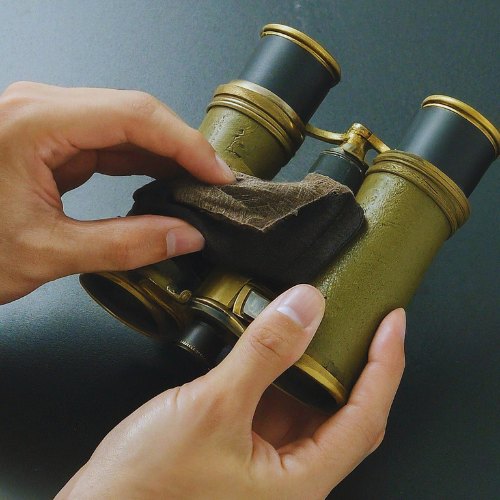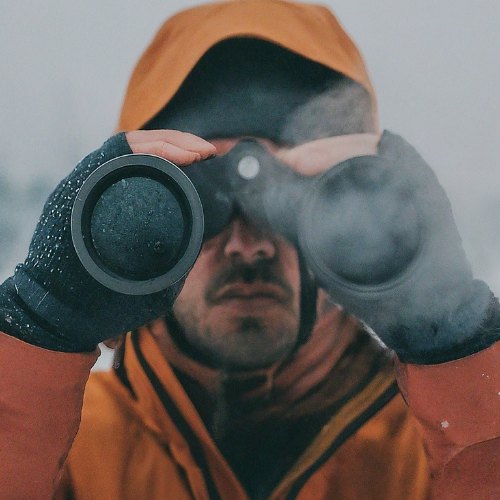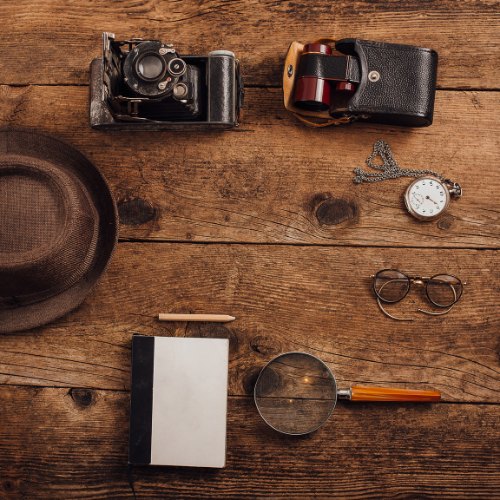The Only "How-To Guide" You Need for Maintaining Your Safari Binoculars

When you’re ready to witness the breathtaking beauty of a safari, your binoculars become more than just an accessory; they are your gateway to a world of awe-inspiring wildlife and natural landscapes. However, the performance and longevity of your binoculars hinge on how well you maintain them.
In this guide, we delve into the nitty-gritty of keeping your safari binoculars in top-notch condition, ensuring that every wildlife spotting opportunity is as clear and memorable as possible.
1. Understanding Your Binoculars: The Basics
Anatomy of Binoculars: Binoculars are a complex assembly of lenses, prisms, and housing. Knowing the parts – from the eyepiece to the objective lens, and the focusing mechanism, is crucial for proper care.
Understanding Different Types and Their Specific Needs: Whether you own Porro prism binoculars known for their depth perception and wide field of view or the sleeker Roof prism models, each type has its maintenance specifics.
2. Regular Cleaning: The Key to Clarity

The Right Way to Clean Lenses: Use a soft, lint-free cloth and a specialized lens cleaning solution. Avoid touching the lens with your fingers, and gently wipe in a circular motion.
Caring for the Body and Moving Parts: The body of your binoculars should be cleaned with a slightly damp cloth. Ensure that all moving parts, such as the hinge and focusing wheel, are free from dust and debris.
3. Proper Storage: Protecting Your Investment
Ideal Storage Conditions: Store your binoculars in a cool, dry place. Extreme temperatures and humidity can damage the optics and cause mold growth.
Tips for Long-term Storage: For long-term storage, keep your binoculars in their case with silica gel packets to absorb moisture. Ensure they are not stored under heavy items to avoid misalignment.
4. Dealing with Moisture and Fogging

Fog Prevention Strategies: Use anti-fog lens coatings and keep your binoculars in a waterproof case when not in use.
Solutions for Accidental Exposure: If your binoculars get wet, immediately wipe them down and leave them in a well-ventilated area to dry.
5. Managing Wear and Tear
Recognizing Common Issues: Look for signs like loose screws, misalignment, or difficulty in focusing.
When to Seek Professional Help: If you notice any severe issues, such as internal fogging or damaged lenses, it’s best to consult a professional for repairs.
6. The Role of Accessories in Binocular Maintenance

Must-Have Accessories: Lens caps protect your lenses from scratches, while a sturdy carrying case guards against physical damage.
Using Accessories to Enhance Longevity: A good harness can distribute the weight of the binoculars evenly, reducing strain on the neck and preventing accidental drops.
7. Do-It-Yourself vs. Professional Services
What You Can Safely Do at Home: Routine cleaning and tightening loose screws are typically safe to do yourself.
When to Call in the Experts: For internal cleaning, lens realignment, or repairing damaged parts, professional servicing is recommended.
8. Creating a Maintenance Schedule: Staying Ahead of the Game
Daily, Weekly, and Monthly Tasks: Daily tasks include wiping down the body and lenses. Monthly checks can involve inspecting for loose parts and ensuring the optics are clear.
Pre- and Post-Safari Checklists: Before and after a safari, perform a comprehensive check. Ensure your binoculars are clean, functioning correctly, and stored safely post-trip.
Binocular magnification for safari binoculars
Safari binoculars typically come in various magnification options, such as 8x, 10x, or even 12x. The first number in the binocular specifications denotes the magnification power.
For example, if you have an 8×42 binocular, it means the object you are observing will appear eight times closer than it would with the naked eye. Higher magnification can provide more detailed views, but it also comes with some trade-offs.
Here are some key points to consider regarding binocular magnification for safari:
Stability: Higher magnification increases the sensitivity to hand movements, making it challenging to maintain a steady image. This is particularly important during safari activities, where you might be on a moving vehicle or observing wildlife from a distance. A magnification of 8x or 10x is often recommended for a good balance between detail and stability.
Field of View: Higher magnification usually results in a narrower field of view. A wider field of view is beneficial for locating and tracking fast-moving subjects, which is common in safari settings. It allows you to observe more of the scene without having to constantly reposition the binoculars.
Brightness and Low Light Performance: Higher magnification can also impact the amount of light that reaches your eyes. In low-light conditions, like dawn or dusk safaris, a lower magnification binocular may provide a brighter image. This is due to the larger exit pupil size, which is calculated by dividing the objective lens diameter by the magnification.
Weight and Size: Higher magnification binoculars often come with larger objective lenses and can be heavier. This might affect your comfort during extended use, especially if you’re carrying them for long periods during a safari. Consider the balance between magnification and portability based on your preferences and intended use.
Conclusion: Ensuring Lifelong Safari Adventures with Well-Maintained Binoculars
Your binoculars are a bridge to the mesmerizing world of wildlife. With the right care and maintenance, they will be a dependable companion on countless safaris. Regular cleaning, proper storage, and addressing wear and tear timely are not just maintenance tasks; they are rituals that enhance your connection with nature. Treat your binoculars with the respect they deserve, and they will reward you with unforgettable views and experiences on every safari adventure.
